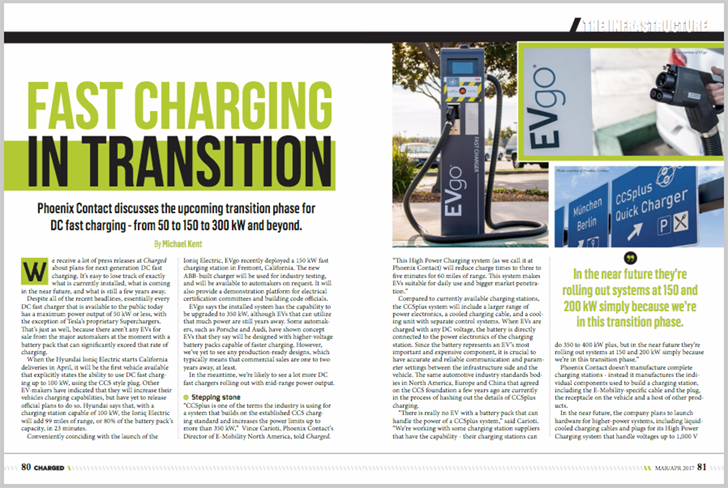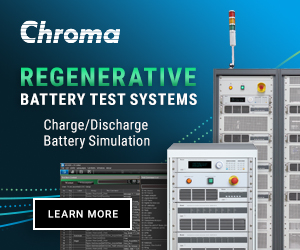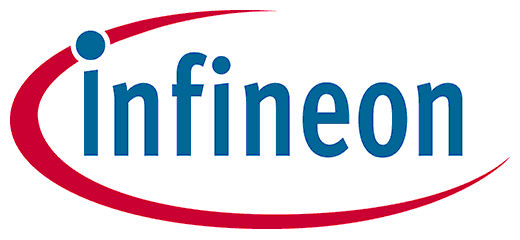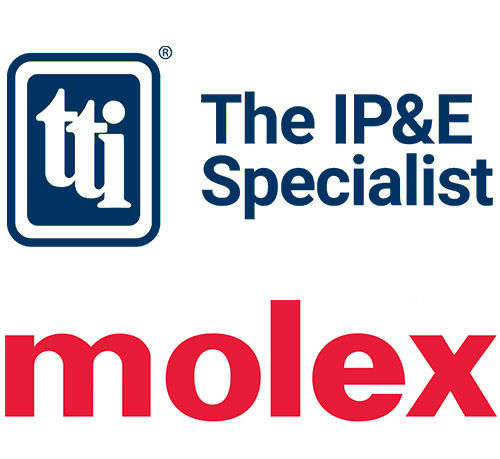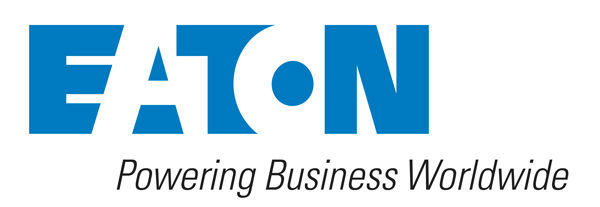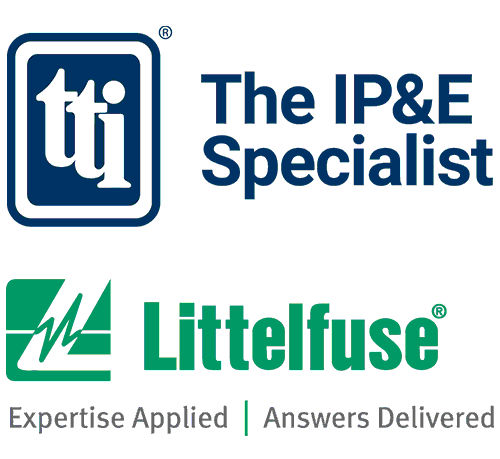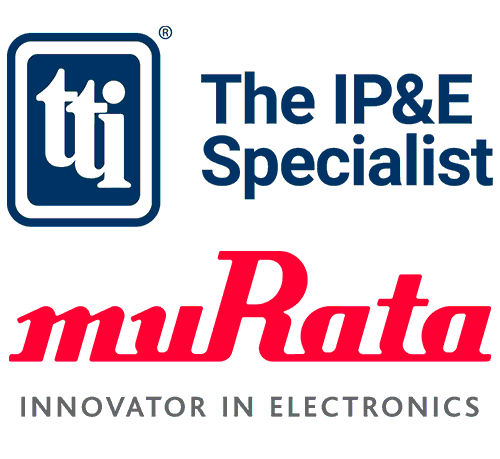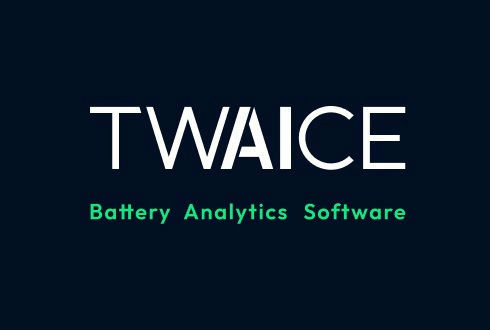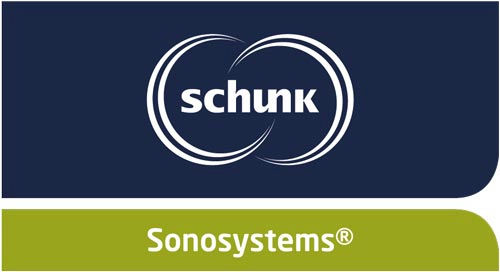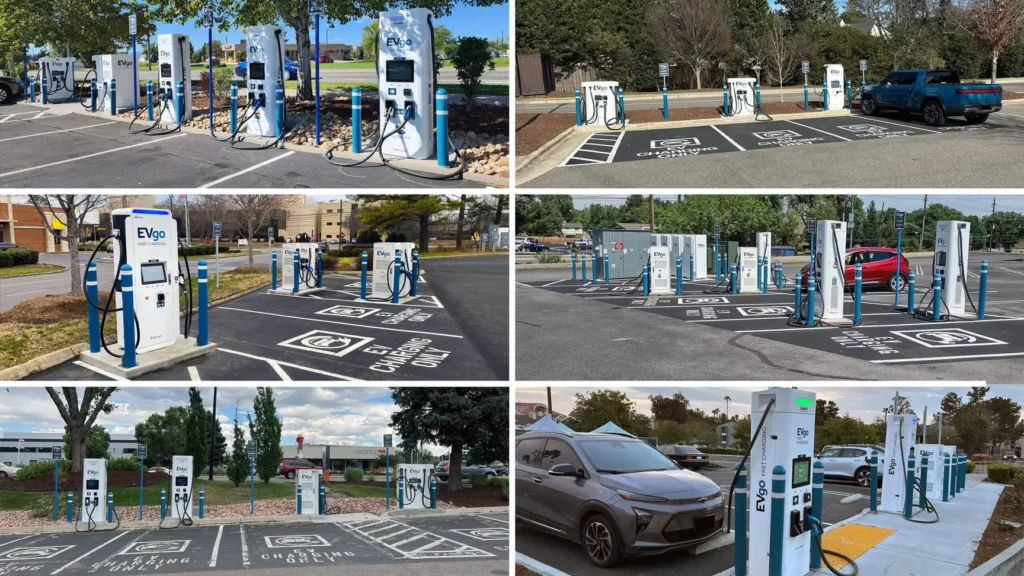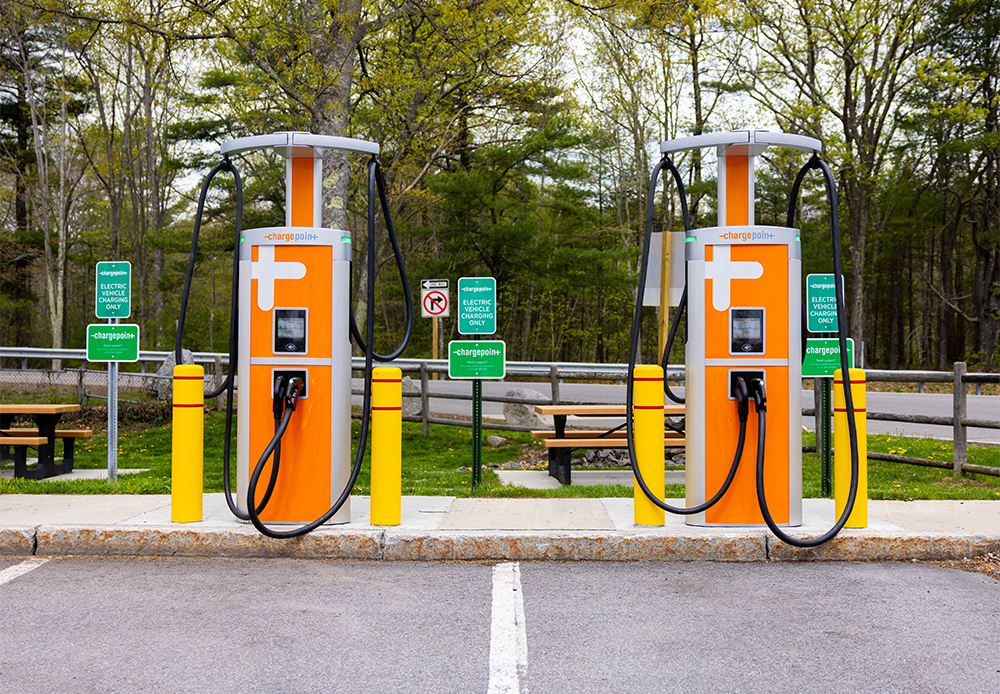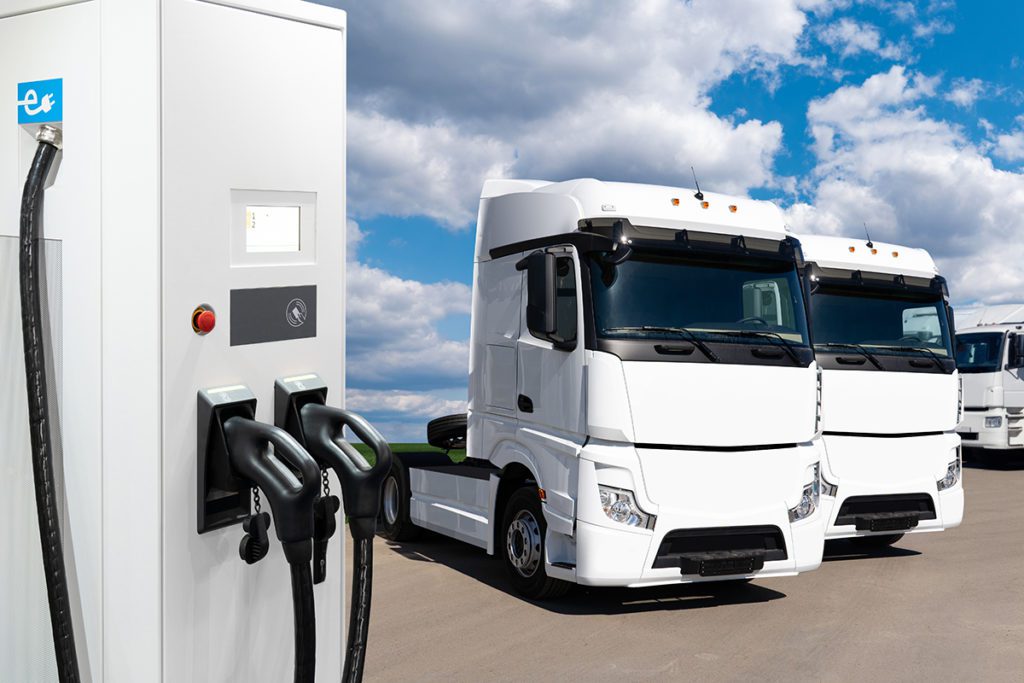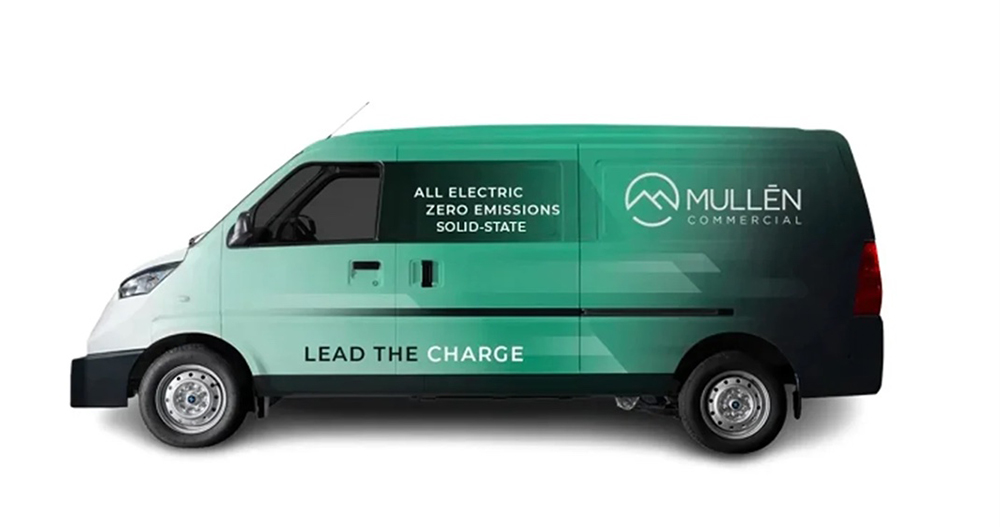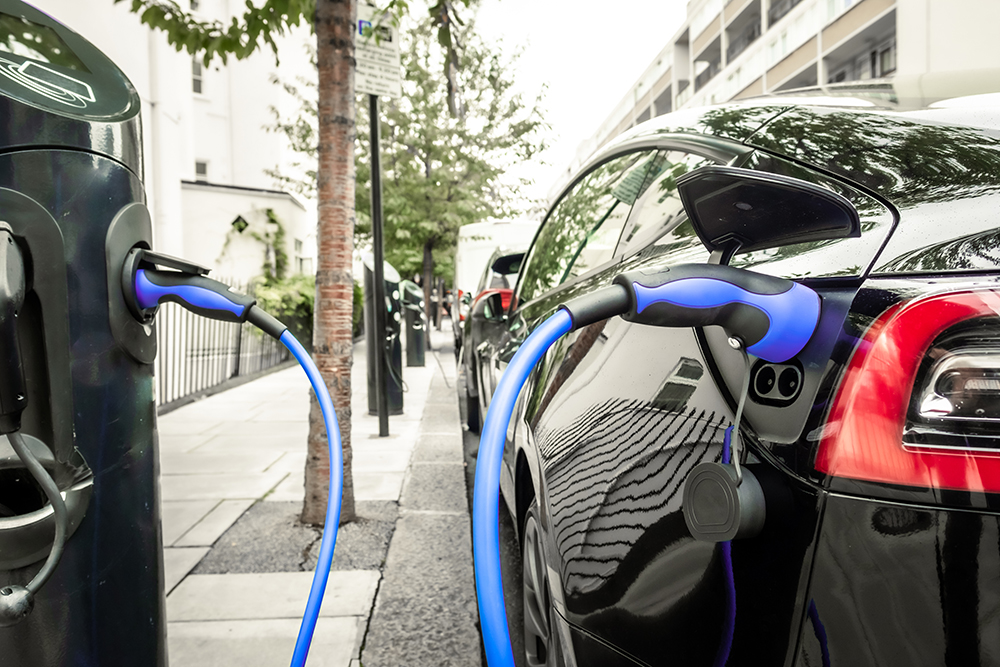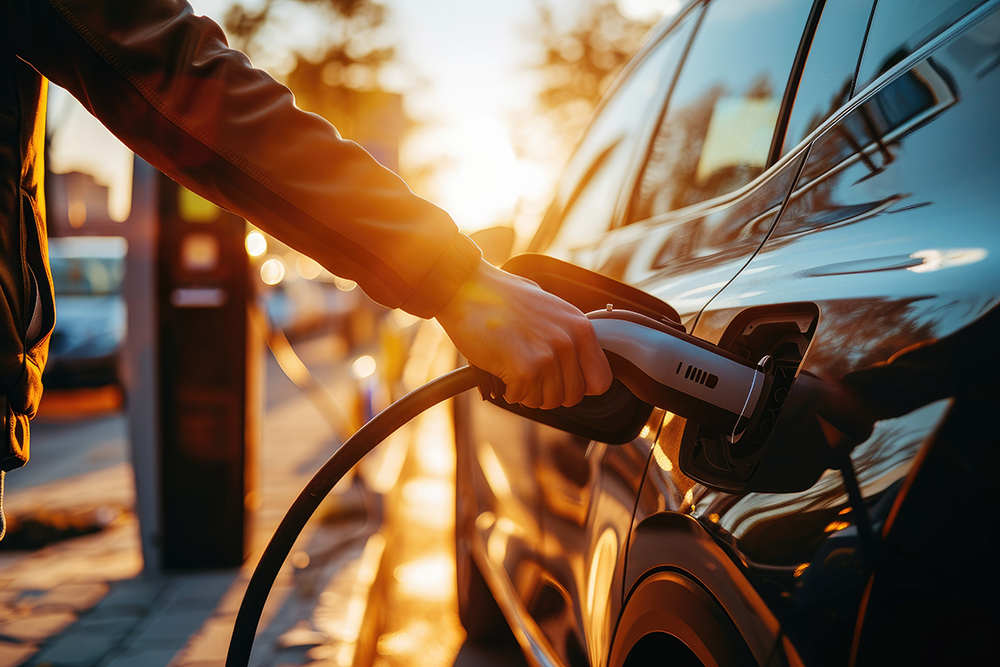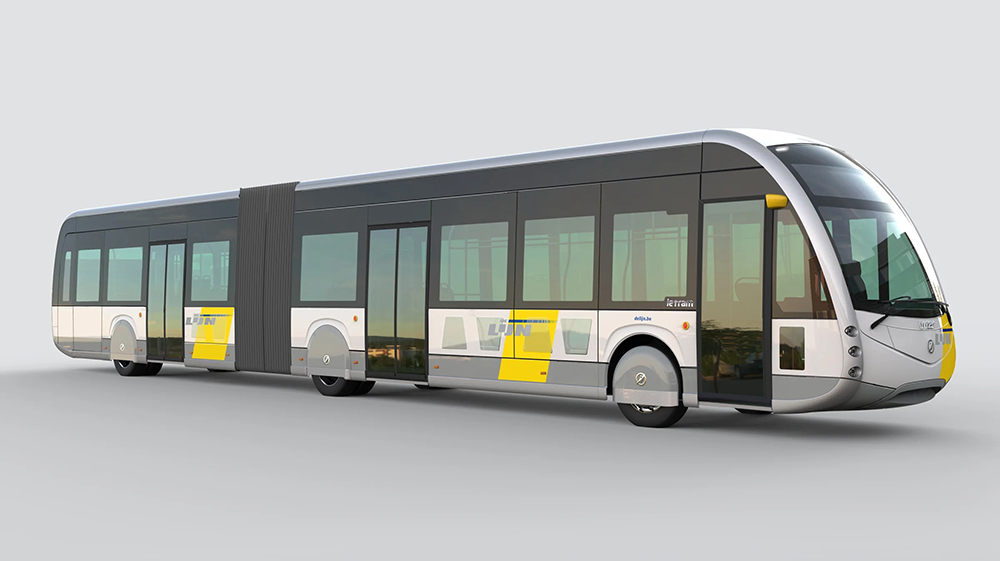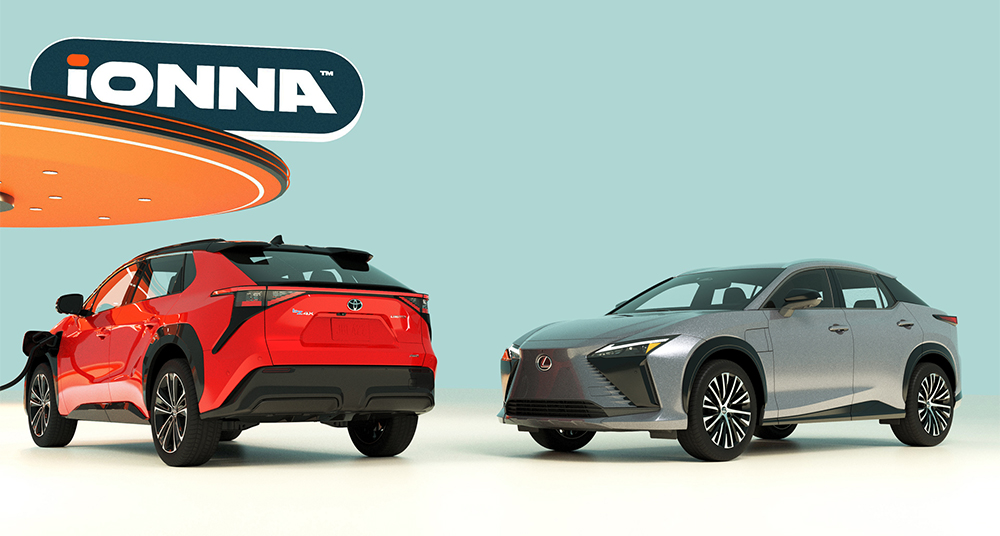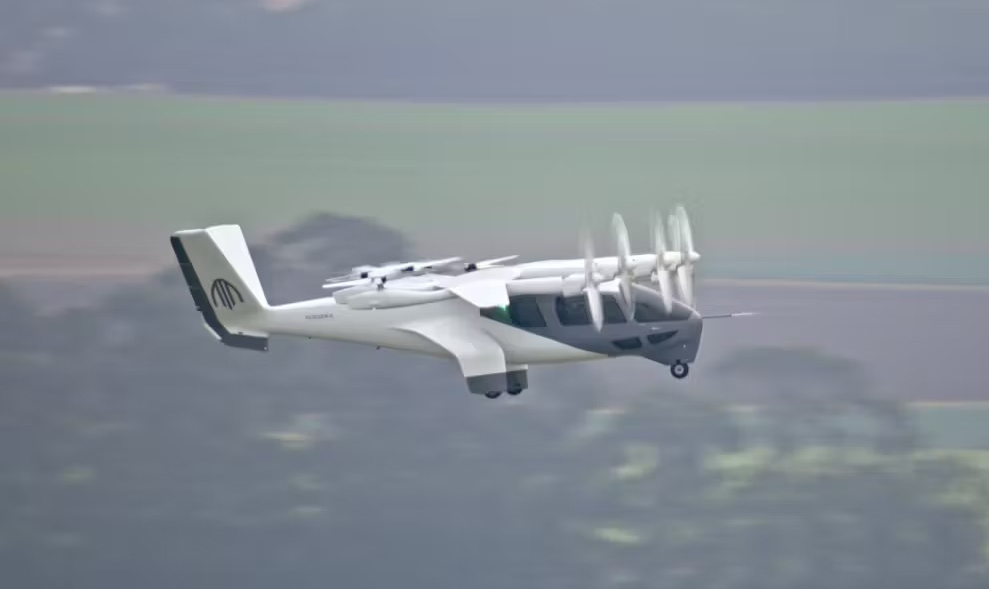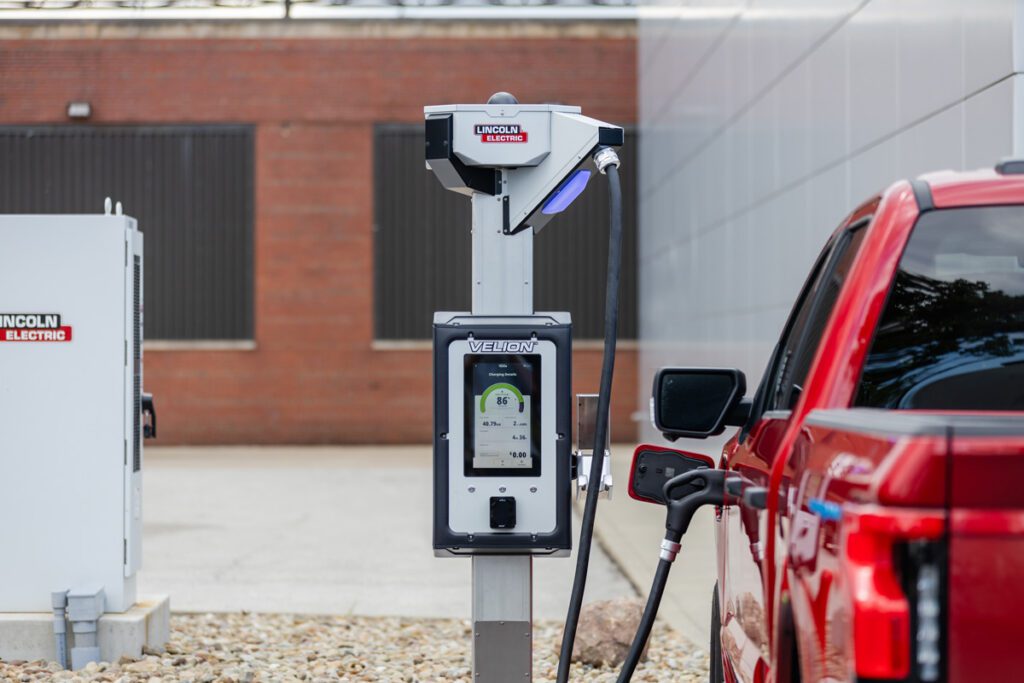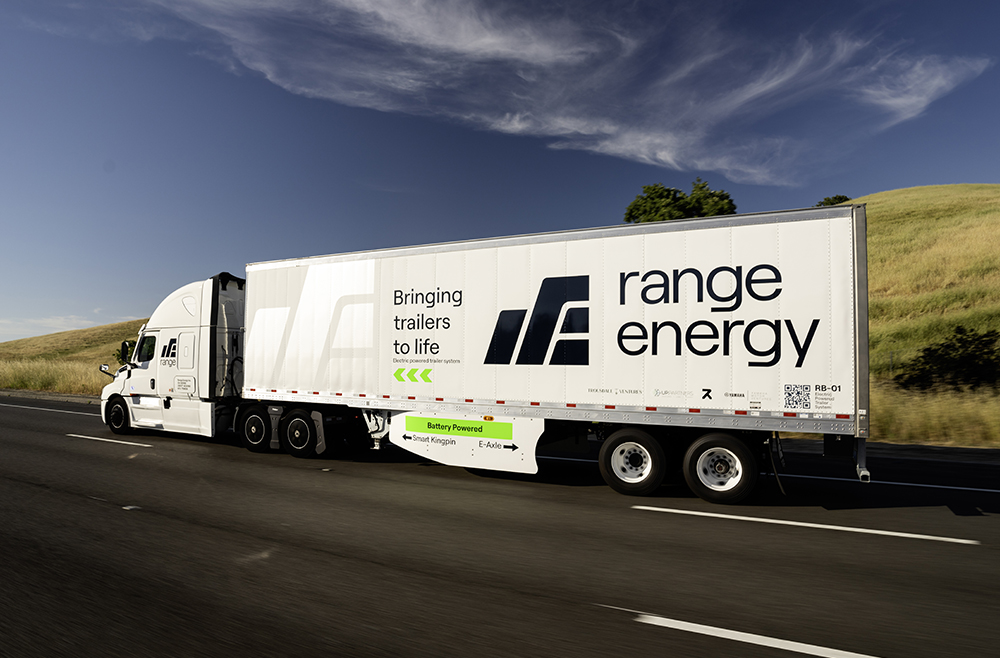Phoenix Contact discusses the upcoming transition phase for DC fast charging
We receive a lot of press releases at Charged about plans for next-generation DC fast charging. It’s easy to lose track of exactly what is currently installed, what is coming in the near future, and what is still a few years away.
Despite all of the recent headlines, essentially every DC fast charger that is available to the public today has a maximum power output of 50 kW or less, with the exception of Tesla’s proprietary Superchargers. That’s just as well, because there aren’t any EVs for sale from the major automakers at the moment with a battery pack that can significantly exceed that rate of charging.
When the Hyundai Ioniq Electric starts California deliveries in April, it will be the first vehicle available that explicitly states the ability to use DC fast charging up to 100 kW, using the CCS style plug. Other EV-makers have indicated that they will increase their vehicles charging capabilities, but have yet to release official plans to do so. Hyundai says that, with a charging station capable of 100 kW, the Ioniq Electric will add 99 miles of range, or 80% of the battery pack’s capacity, in 23 minutes.
Conveniently coinciding with the launch of the Ioniq Electric, EVgo and ABB recently deployed a 150 kW fast charging station in Fremont, California. The new ABB-built charger will be used for industry testing, and will be available to automakers on request. It will also provide a demonstration platform for electrical certification committees and building code officials.
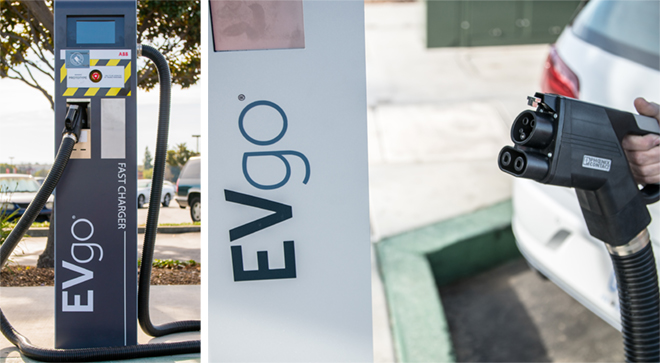

EVgo says the installed system has the capability to be upgraded to 350 kW, although EVs that can utilize that much power are still years away. Some automakers, such as Porsche and Audi, have shown concept EVs that they say will be designed with higher-voltage battery packs capable of faster charging. However, we’ve yet to see any production-ready designs, which typically means that commercial sales are one to two years away, at least.
In the meantime, we’re likely to see a lot more DC fast chargers rolling out with mid-range power output.
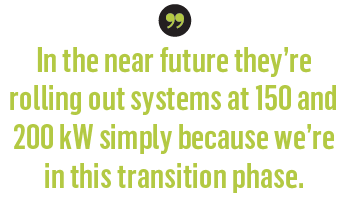

Stepping stone
“CCSplus is one of the terms the industry is using for a system that builds on the established CCS charging standard and increases the power limits up to more than 350 kW,” Vince Carioti, Phoenix Contact’s Director of E-Mobility North America, told Charged. “This High Power Charging system (as we call it at Phoenix Contact) will reduce charge times to three to five minutes for 60 miles of range. This system makes EVs suitable for daily use and bigger market penetration.”
Compared to currently available charging stations, the CCSplus system will include a larger range of power electronics, a cooled charging cable, and a cooling unit with separate control systems. When EVs are charged with any DC voltage, the battery is directly connected to the power electronics of the charging station. Since the battery represents an EV’s most important and expensive component, it is crucial to have accurate and reliable communication and parameter settings between the infrastructure side and the vehicle. The same automotive industry standards bodies in North America, Europe and China that agreed on the CCS foundation a few years ago are currently in the process of hashing out the details of CCSplus charging.


“There is really no EV with a battery pack that can handle the power of a CCSplus system,” said Carioti. “We’re working with some charging station suppliers that have the capability – their charging stations can do 350 to 400 kW plus, but in the near future they’re rolling out systems at 150 and 200 kW simply because we’re in this transition phase.”
Phoenix Contact doesn’t manufacture complete charging stations – instead it manufactures the individual components used to build a charging station, including the E-Mobility-specific cable and the plug, the receptacle on the vehicle and a host of other products.
In the near future, the company plans to launch hardware for higher-power systems, including liquid-cooled charging cables and plugs for its High Power Charging system that handle voltages up to 1,000 V and currents up to more than 350 A.
“Increasing power creates challenges for both vehicle OEMs and EVSE manufacturers and infrastructure,” said Carioti, “so improvements have to be implemented in all areas, on the EVSE and the car side and in the infrastructure.”
The liquid-cooled cables and plugs that Phoenix Contact is developing will be a necessity for CCSplus charging. However, for charging stations in the transition range – like the 150 kW ABB station installed by EVgo – Carioti says that today’s standard hardware will suffice. “150 kW can be achieved without a cooled cable, easily. When you get closer to 300 kW, you have to start cooling the cable, or it is just too heavy, and not flexible enough for a normal consumer to work with. It would have to be a huge cable.”
Thermal stresses of the future
High currents during charging cause heating in the connection systems, which puts a lot of stress on the materials of different components. The current CCS standard states that the temperature of a connection system cannot rise more than 50° Kelvin above the ambient temperature. Prolonged heating above that threshold could cause parts to degrade faster, and even melt plastic components of the handle or connector.
The power terminals in the inlet and coupler must keep their functionality over the entire lifetime of the vehicle, which becomes challenging when charging levels are increased to 400 kW. The current CCS standard defines the lifecycle as 10,000 mating cycles (i.e. plugging and unplugging), and expects the terminals to withstand the electrical, mechanical, and environmental loads in a temperature range from -22° to 122° F, including humidity, dust, and splashing water.


The higher currents of CCSplus will cause bigger power losses and thermal stress due to the electrical resistance of copper material. To minimize power loss during the charging process, and reduce thermal stress, Phoenix Contact says its new charging cord and plug will use surface-plated terminals, defined contact forces, and liquid cooling. “The cable’s harness can function as a cooling unit, because most heat is transferred through the copper strands and released to the surrounding environment,” said Carioti. “Cables with bigger cross-sections could reduce thermal stress in the connection system, but the weight of those cables would increase, while the cable’s flexibility would decrease significantly.”
Adding liquid cooling systems to charging connectors allows the cable cross-section to remain at the usual size, keeping the charging cables flexible and comfortable for EV drivers. “The cooling loop goes up through the cable, around the back of the pins on the mounting, then through the connector and back down the cable to the charging station,” explained Carioti.
Phoenix Contact also thinks that innovative inlets with fast and reliable temperature monitoring systems will help to make EVs capable of charging up to 400 kW. For safety purposes, DC charging couplers will also be equipped with ultrasensitive temperature sensors and stipulated insulation monitoring systems.
The company’s liquid-cooled DC charging systems will be available soon for the established charging interfaces in North America (type 1), Europe (type 2), and eventually for China (GB/T standard).
This article originally appeared in Charged Issue 30 – March/April 2017 – Subscribe now.



